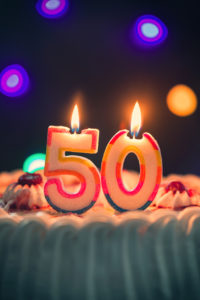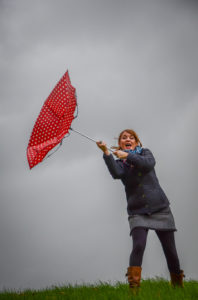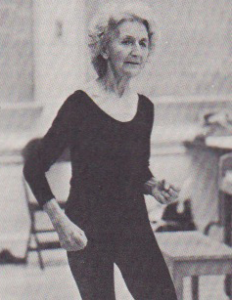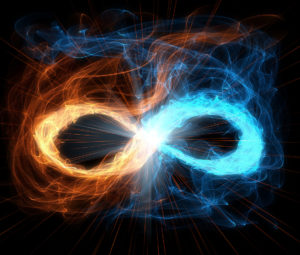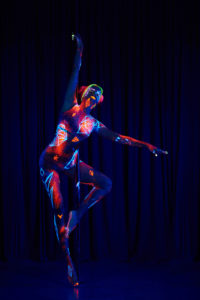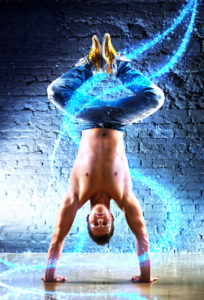Prior to the Bartenieff Symposium last year, I arranged to peek at a few files in the newly accessible Bartenieff Archive at the University of Maryland. My aim was to look at correspondence between Warren Lamb, Judith Kestenberg, and Irmgard. I think of these three leading figures in the field of movement study as a triumvirate of minds. While they each did their own thing, they also studied and worked closely with one another. There must have been a fascinating cross-fertilization of ideas….

However, what I discovered among correspondence in the archive had more to do with Bartenieff herself. Among the treasures is a draft or a copy of a letter she wrote to Rudolf Laban in October 1947. By this date, Irmgard had been in the U.S. for over a decade and practicing physical therapy for at least five years.The letter deals with her work rehabilitating victims of the polio epidemic, primarily children.
In writing to Laban about this work, Bartenieff notes that she has also started a dance class for convalescent children, and this work in dance is making her happy. Then, in a moving passage, she writes:
“Once one has experienced with a deepening awe what it does to a human being when the language of the limbs has become blurred or distorted [through acute paralysis] one seems to develop an intensified sense of rhythm and harmony, and the job of rehabilitation seems incomplete unless the elements of play and dance are included in some form.”
What a wonderful expression of the therapeutic value of dance!

